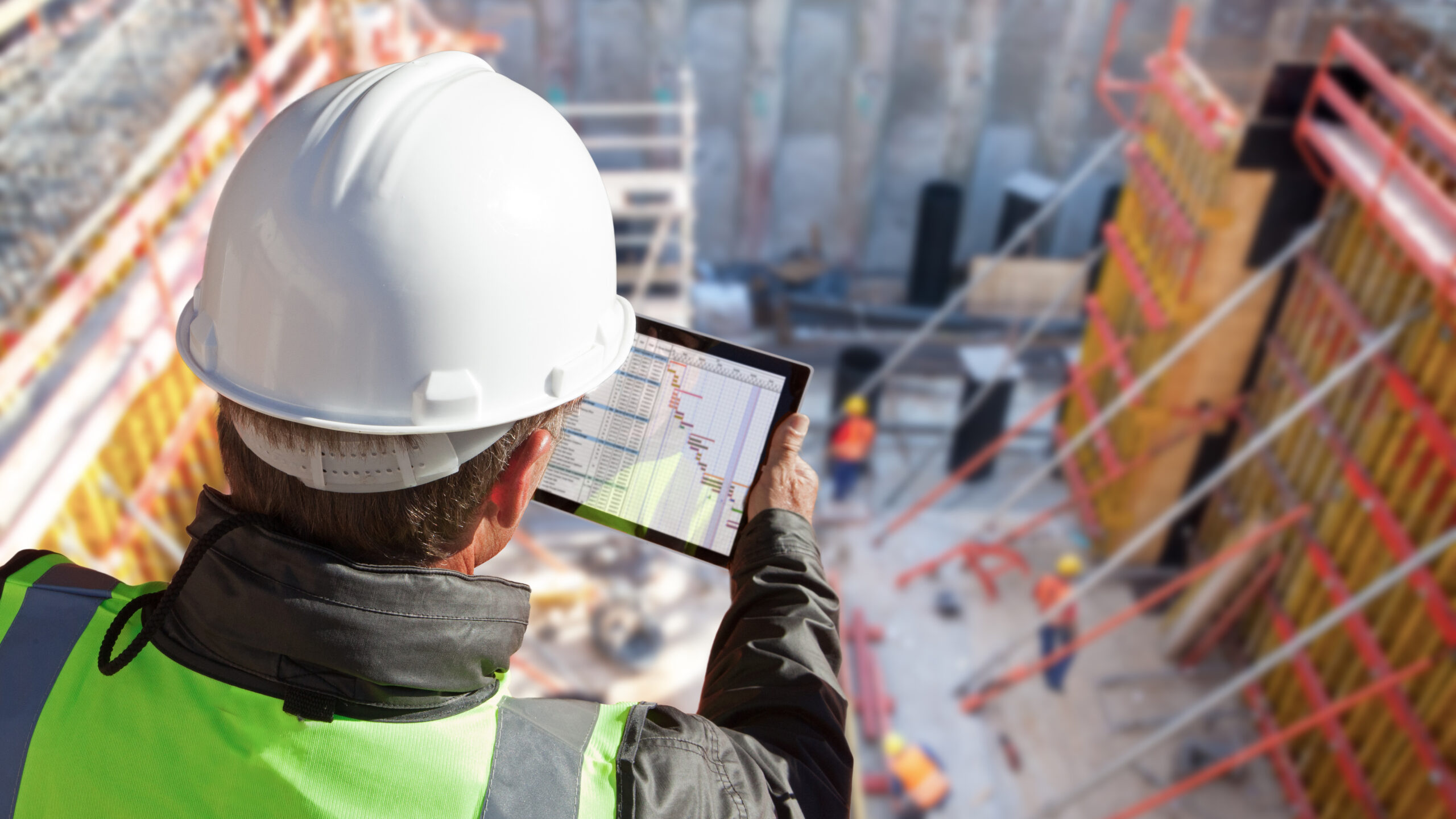For many property owners and operators, site infrastructure is often treated as a secondary concern — something to be addressed only when repairs become unavoidable. But as real estate strategies evolve and tenant expectations increase, smart investments in site infrastructure are becoming essential.
Whether preparing for growth, improving safety and accessibility, or reducing long-term costs, proactive upgrades to exterior and site features are no longer optional. They’re strategic.
Here’s why future-proofing site infrastructure matters — and where organizations should focus their attention.
Why Site Infrastructure Deserves More Attention
Operational Continuity
Poor drainage, deteriorated pavement, or failing site utilities can disrupt operations, create safety hazards, and lead to costly emergency repairs. Investing in preventative maintenance and upgrades protects day-to-day functionality.
Compliance and Accessibility
Regulatory requirements around accessibility (ADA), stormwater management, and life safety continue to evolve. Proactive site improvements ensure facilities remain compliant and avoid fines or legal exposure.
Tenant and User Experience
For multi-tenant and commercial properties, exterior environments are part of the brand. Well-maintained and thoughtfully designed parking areas, signage, lighting, and pathways contribute to user satisfaction and retention.
Adaptability for Future Use
Site infrastructure must evolve alongside business needs. Upgrades such as EV charging infrastructure, expanded truck courts, and improved circulation accommodate future demands and prevent costly rework later.
Key Areas for Strategic Site Investment
Grading and Drainage
Water management is often overlooked until flooding or pavement failure occurs. Ensuring proper grading, catch basins, and stormwater systems protects assets and avoids disruption.
Paving and Circulation
Truck yards, drive aisles, and parking lots should be regularly assessed. Strategic upgrades improve traffic flow, reduce maintenance costs, and enhance safety.
ADA Upgrades and Accessibility
Ramps, sidewalks, parking stalls, and signage should be reviewed for compliance with current codes — especially as regulations change and enforcement tightens.
Lighting and Security
Well-lit sites support safety, security, and tenant satisfaction. LED upgrades also offer energy savings and long-term ROI.
Signage and Wayfinding
Clear, effective signage enhances the user experience and improves operational efficiency, particularly on logistics-heavy sites.
Planning for Success
Investing in site infrastructure should not be reactive. Owners and operators are best served by:
- Conducting periodic assessments to identify deficiencies and opportunities
- Developing multi-year capital improvement plans
- Coordinating upgrades with other planned work to minimize disruption
- Engaging experienced partners who understand regulatory, operational, and cost considerations
Conclusion
Site infrastructure is the foundation of a property’s functionality, value, and perception. While often out of sight, it should never be out of mind.
By taking a proactive approach to upgrades and maintenance, owners can reduce risk, control costs, and create facilities that are ready for what’s next — not just for today, but for years to come.




